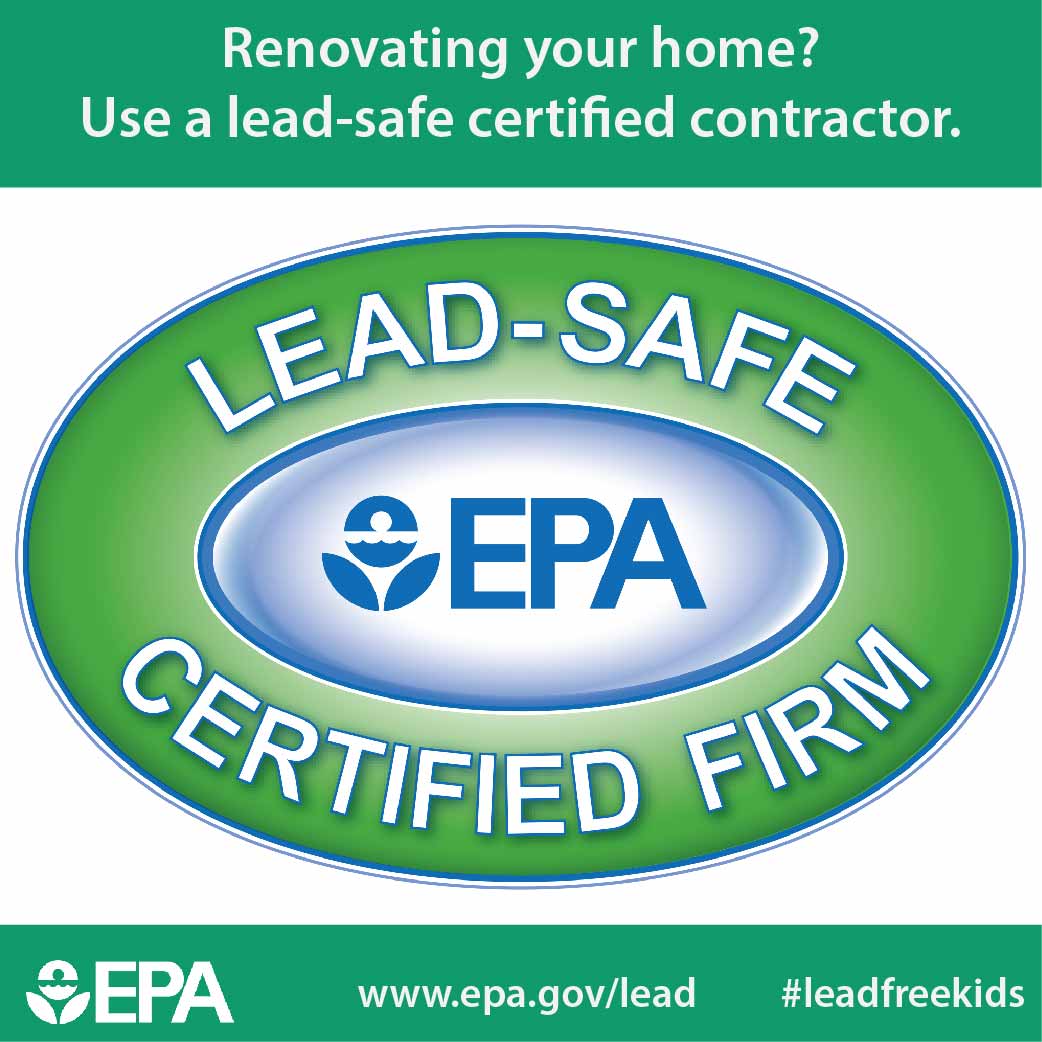Understand Just How Seasonal Conditions Impact The Success Of Business Outside Paint And Learn The Perfect Periods To Ensure Resilient Outcomes For Your Task
Understand Just How Seasonal Conditions Impact The Success Of Business Outside Paint And Learn The Perfect Periods To Ensure Resilient Outcomes For Your Task
Blog Article
Content By-Aguilar Browne
When you're intending a commercial outside painting job, seasonal variables can make or break your outcomes. You'll intend to consider how temperature level and moisture impact paint application and drying times. Choosing the right period can ensure your paint adheres correctly and lasts much longer. But which you can find out more are really the most effective for this sort of work? Allow's check out the key elements that can impact your task's success.
The Influence of Temperature on Paint Application
When you're preparing a business exterior paint job, the temperature level can dramatically impact how well the paint sticks and dries.
Ideally, you wish to repaint when temperature levels vary in between 50 ° F and 85 ° F. If it's also cold, the paint may not cure correctly, bring about issues like peeling or cracking.
On the other side, if it's as well warm, the paint can dry too promptly, preventing correct attachment and resulting in an uneven surface.
You must also think about the time of day; early morning or late afternoon offers cooler temperatures, which can be more desirable.
Always examine painting contractor for the details paint you're making use of, as they frequently give support on the ideal temperature level range for optimal results.
Humidity and Its Impact on Drying Times
Temperature isn't the only ecological factor that affects your business exterior painting project; moisture plays a considerable role as well. High humidity degrees can decrease drying times considerably, affecting the overall quality of your paint task.
When the air is saturated with wetness, the paint takes longer to heal, which can result in concerns like bad bond and a greater risk of mildew growth. If you're painting on a particularly humid day, be gotten ready for prolonged delay times between layers.
It's crucial to check regional weather and plan appropriately. Preferably, go for moisture degrees in between 40% and 70% for optimum drying out.
Keeping these consider mind guarantees your job remains on track and delivers an enduring finish.
Best Seasons for Commercial Outside Paint Projects
What's the best time of year for your business external paint jobs?
Springtime and very early loss are generally your best options. Throughout these seasons, temperature levels are moderate, and humidity levels are commonly lower, developing suitable conditions for paint application and drying.
Prevent summertime's intense heat, which can create paint to completely dry also rapidly, resulting in poor adhesion and coating. Similarly, winter months's chilly temperatures can impede proper drying and healing, risking the durability of your paint task.
Go for days with temperatures between 50 ° F and 85 ° F for optimum outcomes. Remember to inspect the local weather prediction for rainfall, as damp problems can ruin your job.
Planning around these aspects guarantees your painting project runs efficiently and lasts much longer.
Conclusion
In conclusion, preparing your commercial outside paint jobs around seasonal factors to consider can make a significant difference in the outcome. By scheduling work throughout the suitable temperature levels and moisture degrees, you'll ensure far better bond and drying times. Keep in official website to watch on local weather forecasts and select the right time of year-- spring and very early fall are your best options. Taking these actions will assist you accomplish a long lasting and specialist surface that lasts.
